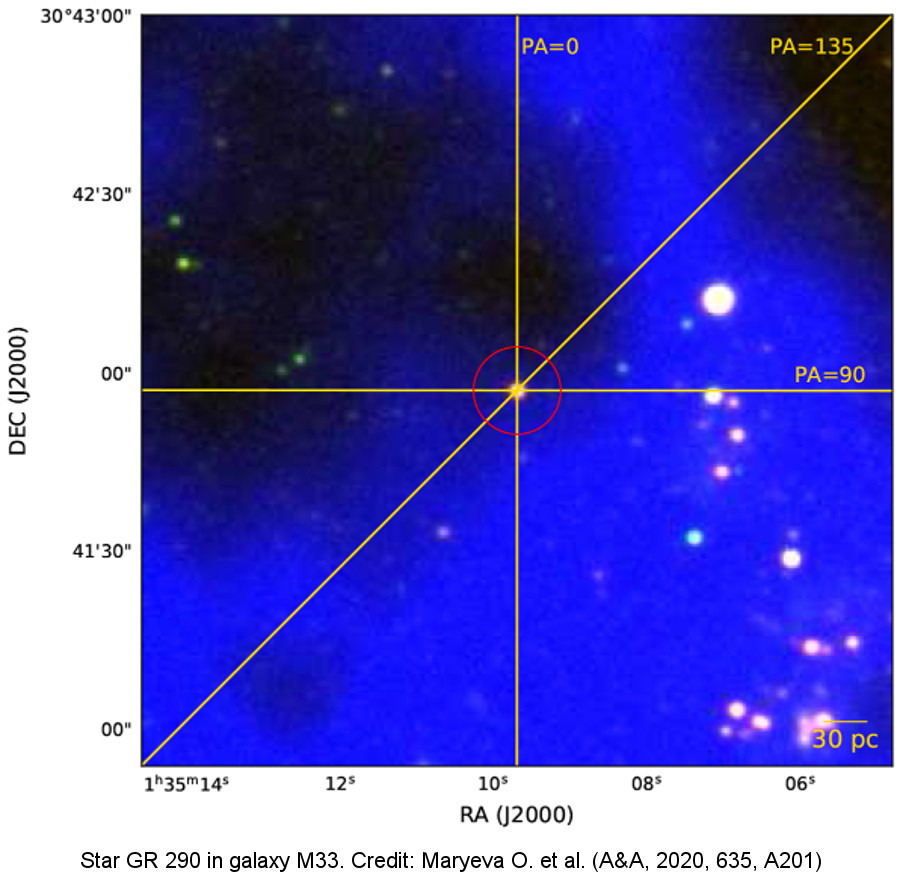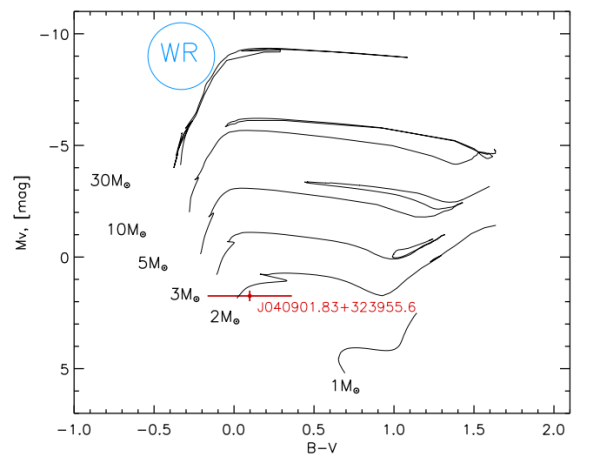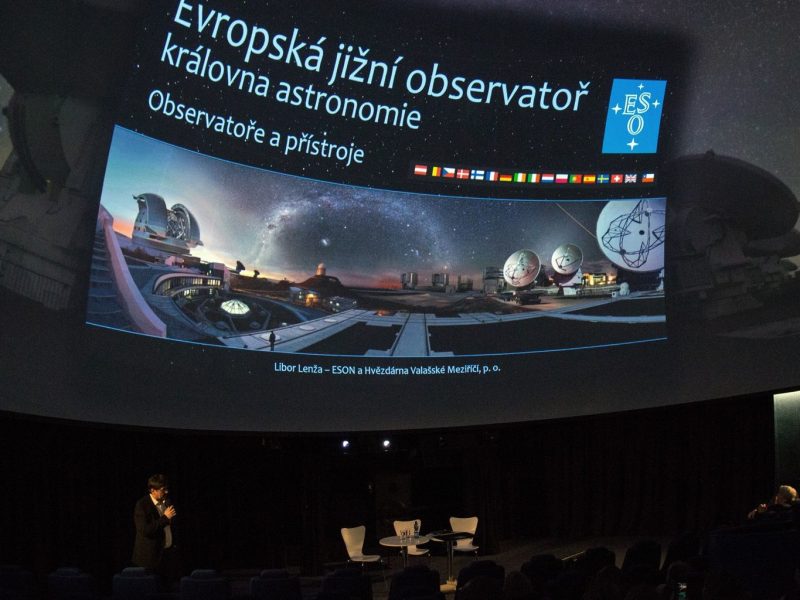The Czech Science Foundation (GA CR) announced the final evaluation of project no. 18-05665S ‘Mass loss in the late evolution stages of massive stars’ which was rated as “excellent”.
“The board of GA CR (The Czech Science Foundation) confirmed the evaluation of the project proposed by expert and advisory bodies, which appreciated the achievement of extraordinary results that meet the high demands of scientific and research activities, contribute significantly to expanding the current state of knowledge and the development of the field, not only in the Czech, but also in the international context.”
Astrophysicists from the Institute of Theoretical Physics and Astrophysics of Masaryk University (PI, Jiří Krtička) joined forces with colleagues from the Astronomical Institute of the Academy of Sciences of the Czech Republic (PI, Jiří Kubát) and studied how fast the massive stars lose its mass. They focused on massive stars in the late stages of evolution, where mass loss is the least studied. These stars, with a mass more than ten times of the Sun, belog amongst the brightest objects. However, compared to solar-type stars, their lives are much shorter – in just a few million years, they burn out the available nuclear fuel and produce a cataclysmic supernova explosion. Supernovae tend to be so bright that they are observable from almost the entire visible universe, leaving a compact remnant: either a neutron star or a black hole. How do these stars evolve and what affects the type of the compact remnant? And how does a massive black hole form? We don’t know. Well, not exactly. One of the biggest unknowns is the amount of matter that massive stars lose during their lifetime. …
- more information: GA CR Press Release (in Czech)



